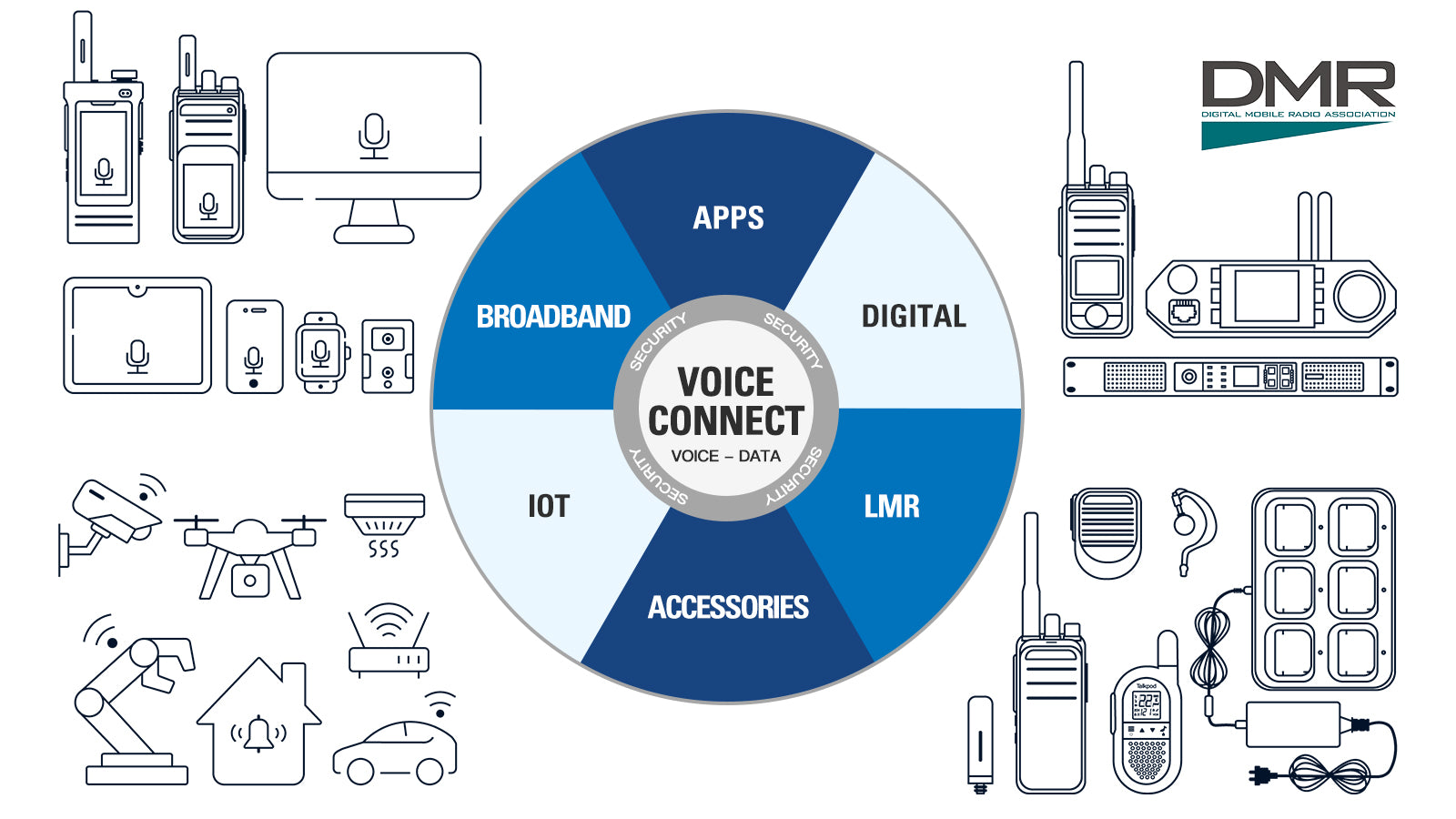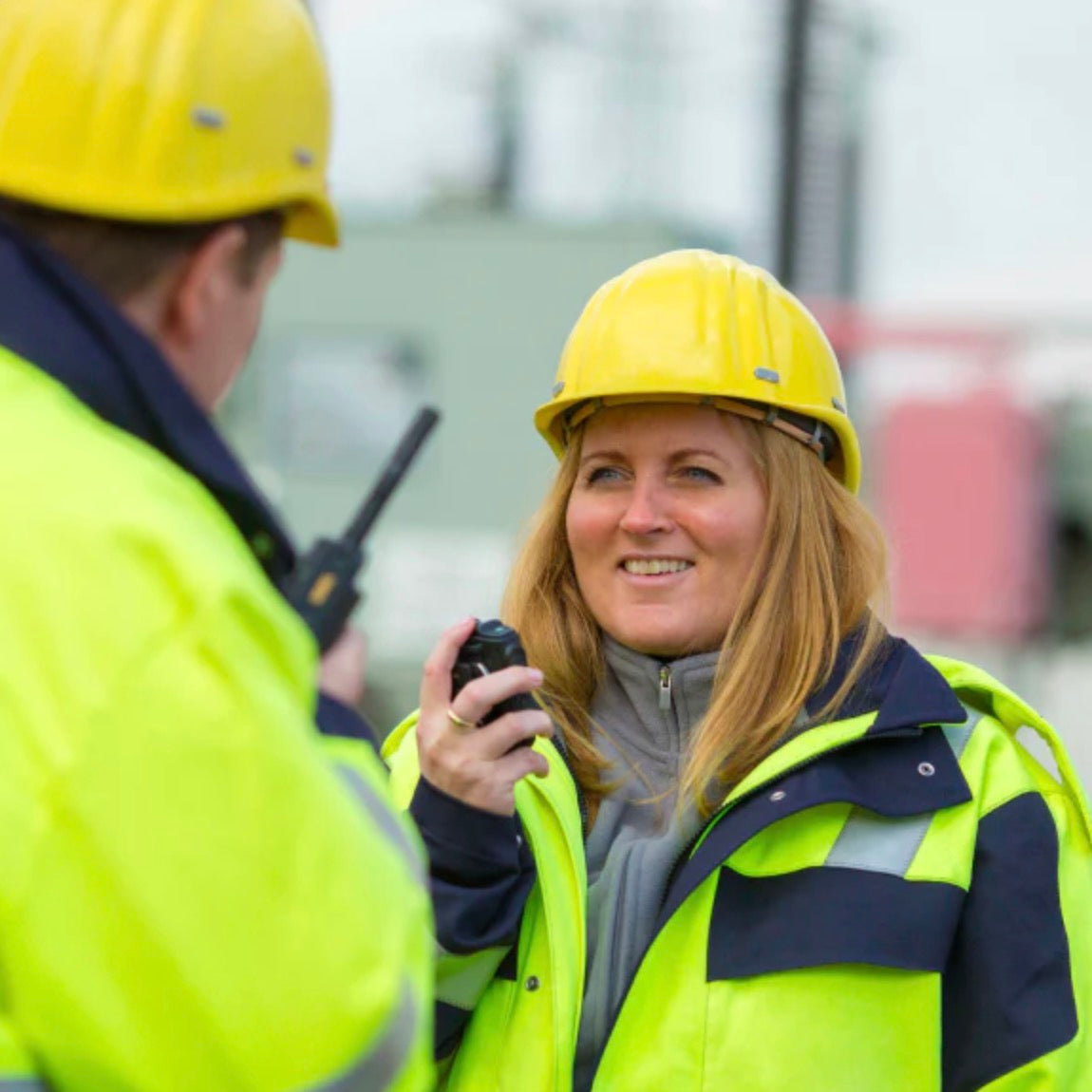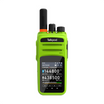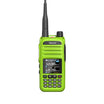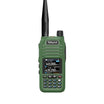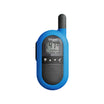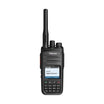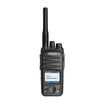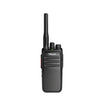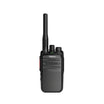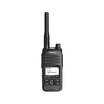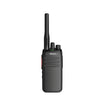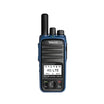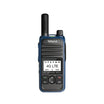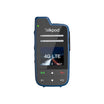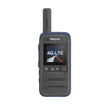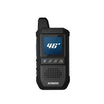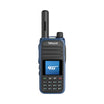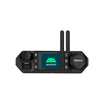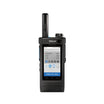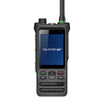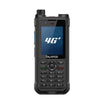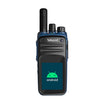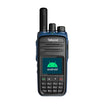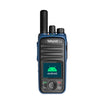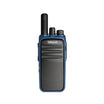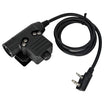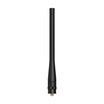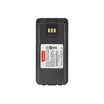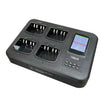What is Full Duplex Communication? Full Duplex Communication refers to the ability of a communication system to allow two parties to transmit audio simultaneously in both directions. Unlike half-duplex systems, where one party must wait for the other to finish speaking before responding, full duplex enables both parties to talk and listen at the same time, akin to a natural conversation like a telephone call.
How Does Full Duplex Work? In two-way radio systems, full duplex is achieved through separate frequency channels for sending and receiving or through advanced technology that can separate outgoing and incoming signals on the same channel. This system is contrasted with half-duplex modes, typical of traditional walkie-talkies, where one must "push-to-talk" and "release-to-listen." Full duplex systems often require more sophisticated hardware and are commonly used in mobile phones, landlines, and specialized two-way radios integrated with PABX systems or connected to the PSTN.
Why is Full Duplex Important in Two-Way Radios? Full duplex communication is critical in environments where seamless, natural dialogue is necessary:
- Enhanced Clarity: Allows for more dynamic and effective communication, reducing misunderstandings and the need for repetitions.
- Efficiency: Saves time, as users do not need to wait for their turn to speak, facilitating quicker decision-making and response.
- Professional Applications: Essential for integration with business communication systems like PABX or PSTN, providing mobile users with comprehensive access to the network.
In summary, Full Duplex Communication offers a more natural, telephone-like experience, enhancing the functionality of two-way radio systems, especially in business settings or when integrated with traditional telephony networks.


